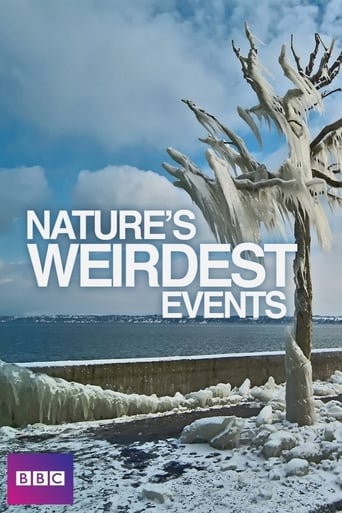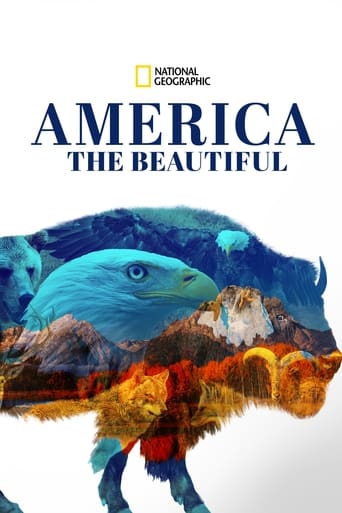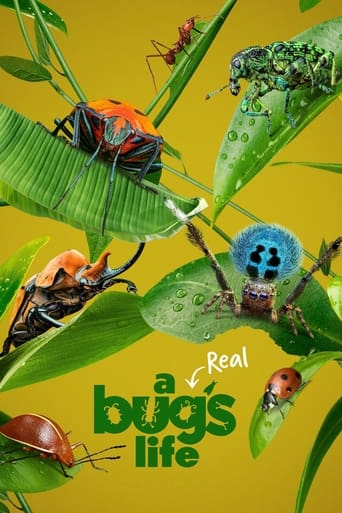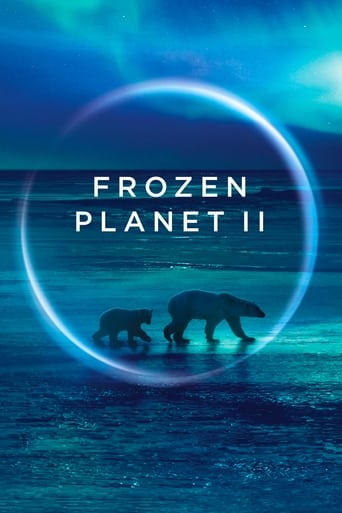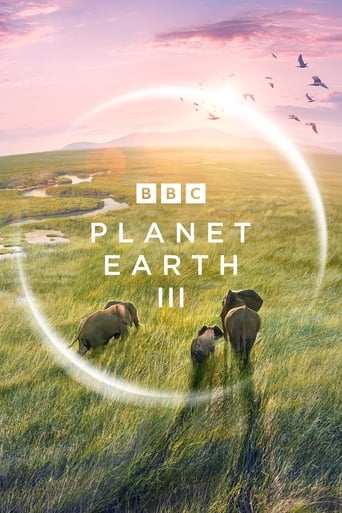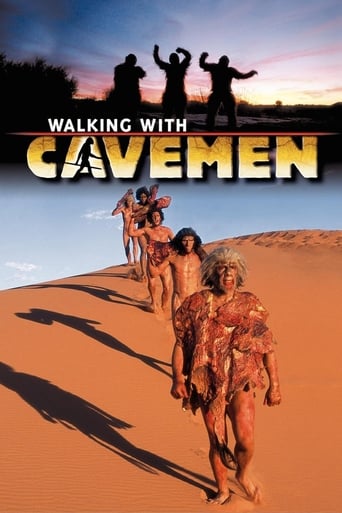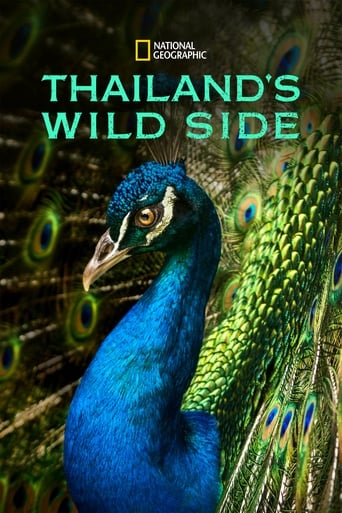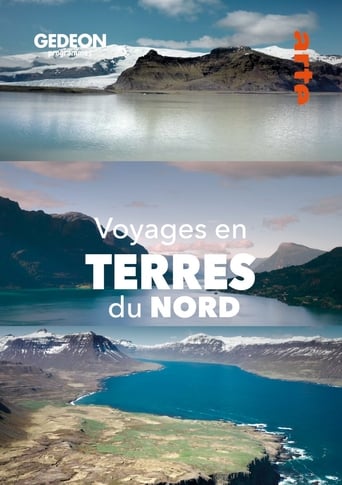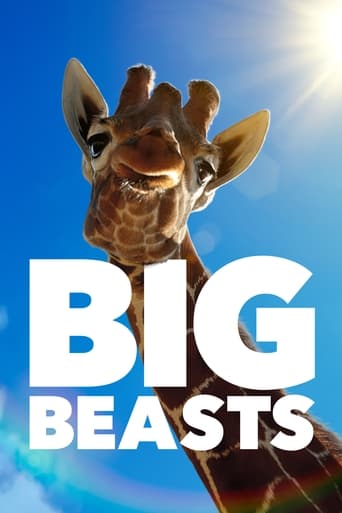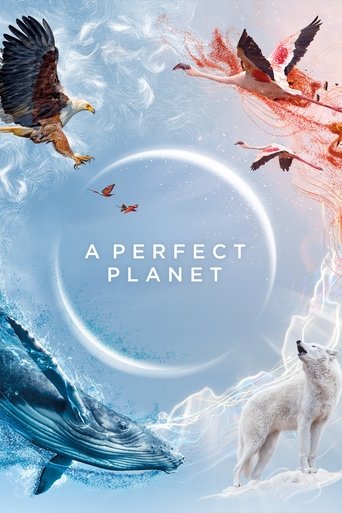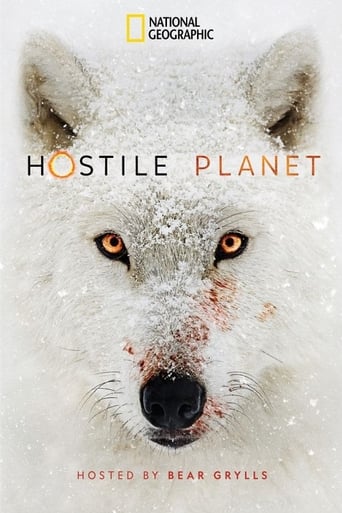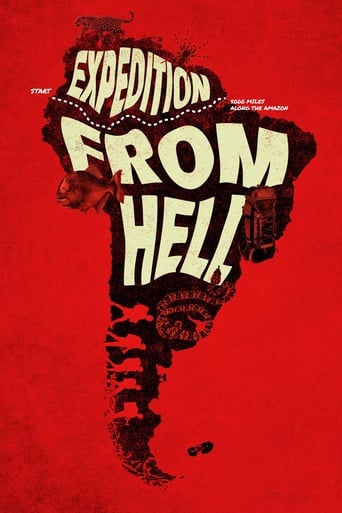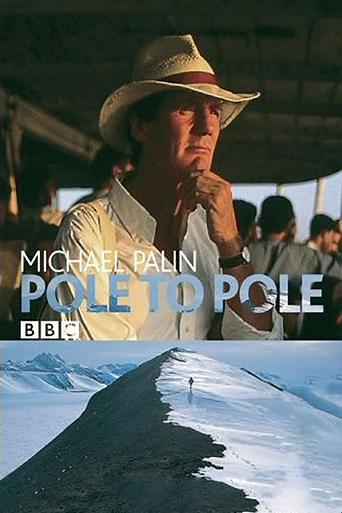
Rating:
9/10 by 1 users
Mighty Amazon
The second programme shows how life along the Amazon River is dominated by the annual cycle of floods. In the dry season, female giant river turtles gather on exposed sand banks to lay their eggs. As broad reaches of river are cut off by sandbars, caimans and egrets take advantage of the bounty of fish trapped in shallow lagoons. Underwater infrared cameras film scavenging candiru and an electric eel hunting.
Writing:
Release Date:
Mon, Nov 06, 2000
Country: GB
Language: En
Runtime: 49
Country: GB
Language: En
Runtime: 49
Fergal Keane
Narrator
Season 1:

The opening episode traces the events that have created the unique landforms and ecology of South America. Originally part of the supercontinent Gondwana, it broke away around 100 million years ago and became an island. At that time, it was dominated by reptiles and strange plants similar to the araucarias and tree ferns of Chile's Valdivian forests.

The second programme shows how life along the Amazon River is dominated by the annual cycle of floods. In the dry season, female giant river turtles gather on exposed sand banks to lay their eggs. As broad reaches of river are cut off by sandbars, caimans and egrets take advantage of the bounty of fish trapped in shallow lagoons. Underwater infrared cameras film scavenging candiru and an electric eel hunting.

The third instalment features Brazil's Cerrado grasslands and the Pantanal, the largest seasonal swamp on Earth. The plains have pronounced wet and dry seasons, and the creatures of these ancient habitats have evolved survival strategies to withstand the extremes of drought, fire and flood.

In the fourth programme, the viewer is taken on a journey along the Andes, the spine of the continent. In the northern tropics, spectacled bears feed on bromeliads in the cloud forests and on the puya flower spikes in the alpine grasslands of the Páramo. At these altitudes hummingbirds find it difficult to hover, so those such as the Andean hillstar perch on flowers as they drink the nectar. The Andes are a young range in geological terms, and volcanic activity is still present.

Episode five covers the Amazon rainforest, home to more varieties of plants and animals than anywhere else on Earth. Despite the profusion of life, finding food can be a challenge for both people and animals. Many plants have poisonous leaves, seeds and fruit to protect themselves against attack.

The final programme begins in the Falkland Islands, where thousands of rockhopper penguins negotiate the treacherous wave-swept coast and sea cliffs as they come ashore to breed. Huge shoals of krill live in the cold, oxygen-rich waters of the surrounding ocean.


